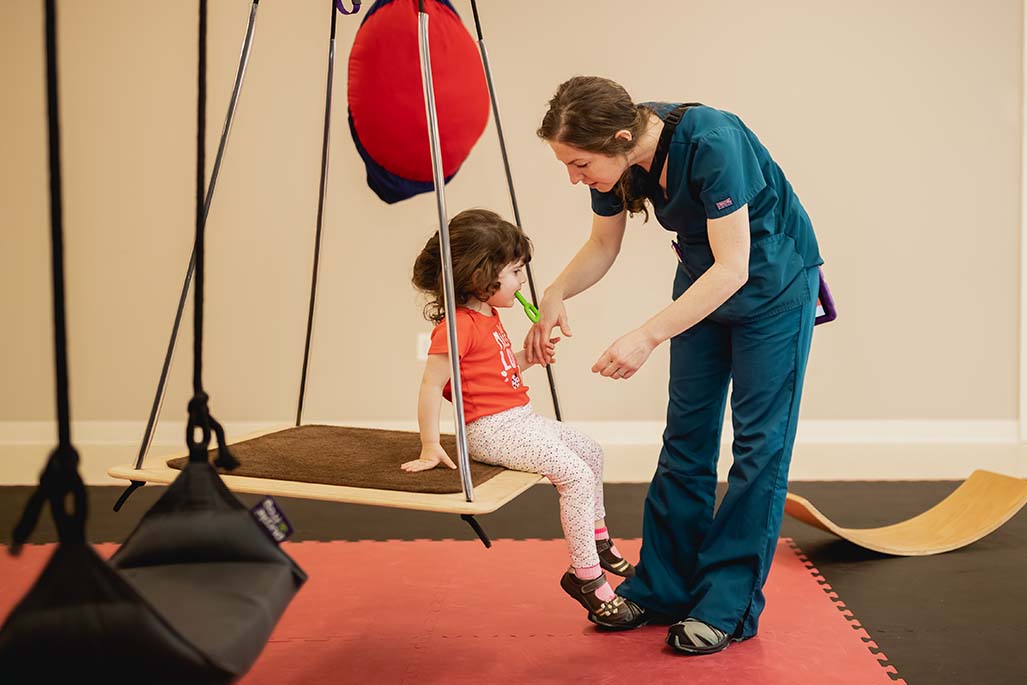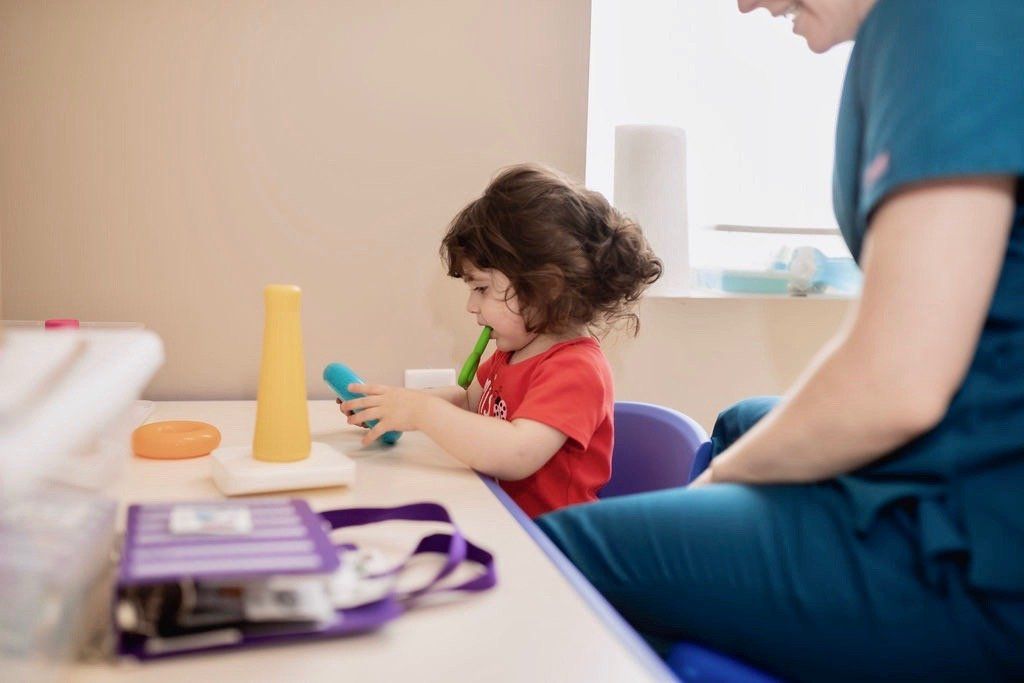ABA Treatment Center in North Carolina
What is ABA?
Data Driven and Evidence-Based
ABA principles are derived from evidence-based, peer-reviewed journals. When implementing ABA principles, data is constantly being collected to determine the efficacy of the intervention and to evaluate progress. Decisions are made based on data. Can Decrease Problem Behavior
ABA treatment works to decrease negative or maladaptive behaviors that are affecting an individual’s ability to be independent, safe, or participate fully in the community. Behavior interventions are function-based and address the “why” of a behavior. With a function-based approach, we can quickly get to the reason for the problem and replace it with something more functional. Teaches Communication
ABA addresses the many verbal operants involved in communication and works to increase all parts – requesting, understanding, labeling, and answering questions. Each individual should have a system of getting his or her needs met. A large part of our interventions relies on teaching an individual a functionally equivalent replacement behavior which is often some sort of communication. Teaches Social Skills and Independence
ABA targets goals that are socially significant and that will increase an individual’s quality of life. ABA principles can help address toilet training, feeding, social skills, and other self-help skills. Uses Positive Reinforcement
ABA uses positive reinforcement systems to increase behaviors. This has been shown to be the most effective method of reinforcing behaviors we want to see continue in children with autism. More punitive methods of reinforcement are often needlessly harsh and don’t produce the long-term improvements in behavior that we see on a regular basis through the use of positive reinforcement. Breaks Down Larger Skills into Smaller Components
ABA takes a larger skill and breaks it down into component steps. It then teaches each component steps using principles such as reinforcement and shaping. This ABA treatment works best over time, as your child will learn to become familiar with each individual step until the larger skill that we want to teach them is fully ingrained.
Why ABA?
- Considered the gold standard in improving the symptoms of Autism Spectrum Disorders (ASD), ABA Therapy offers more than 40 years of scientific research and clinical application.
- ABA Therapy is the only treatment that is recommended by the Surgeon General, American Academy of Pediatrics, and Institute of Mental Health to treat Autism Spectrum Disorders (ASD).
Have questions?
Click below to contact us to learn more today!








